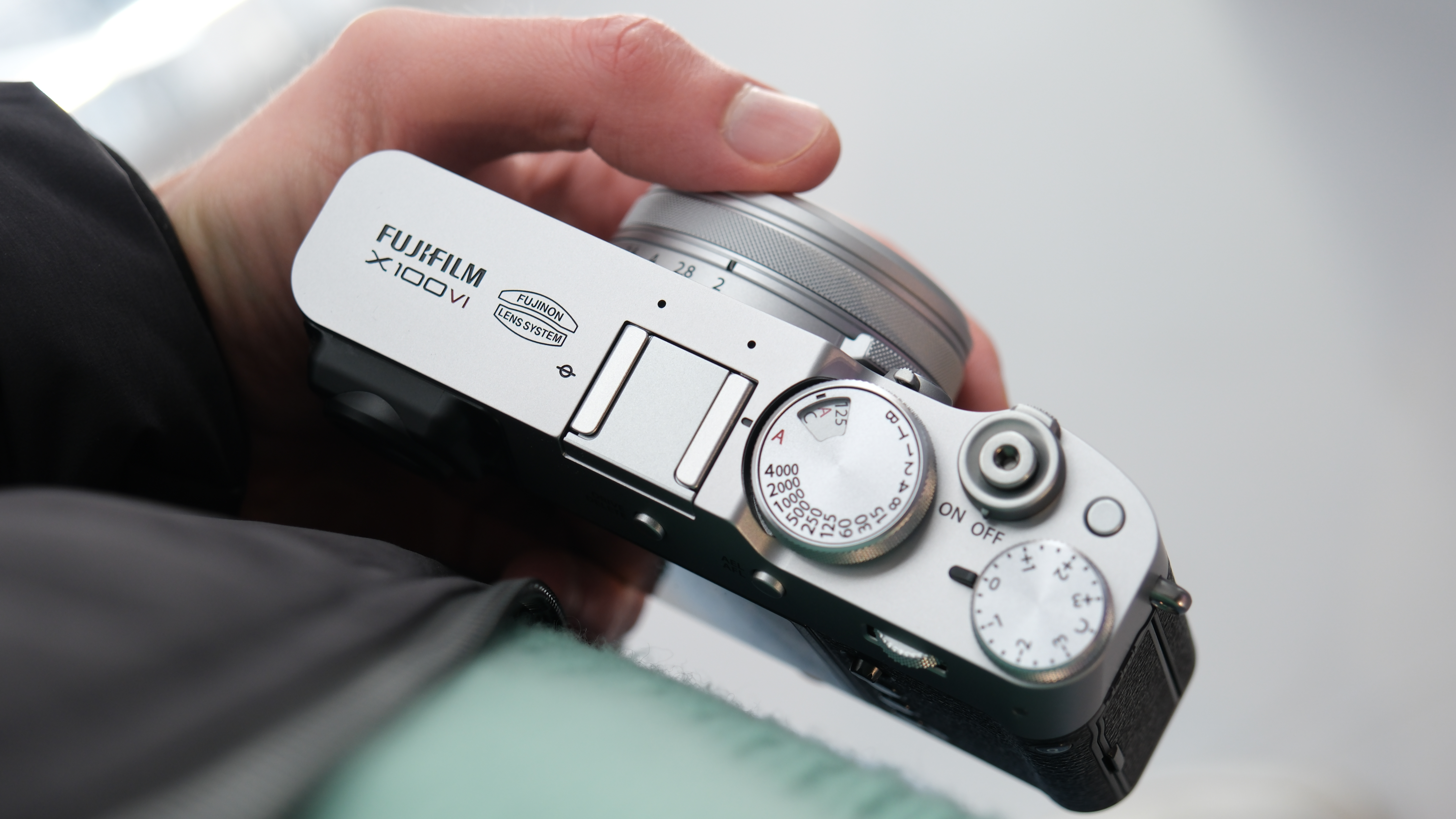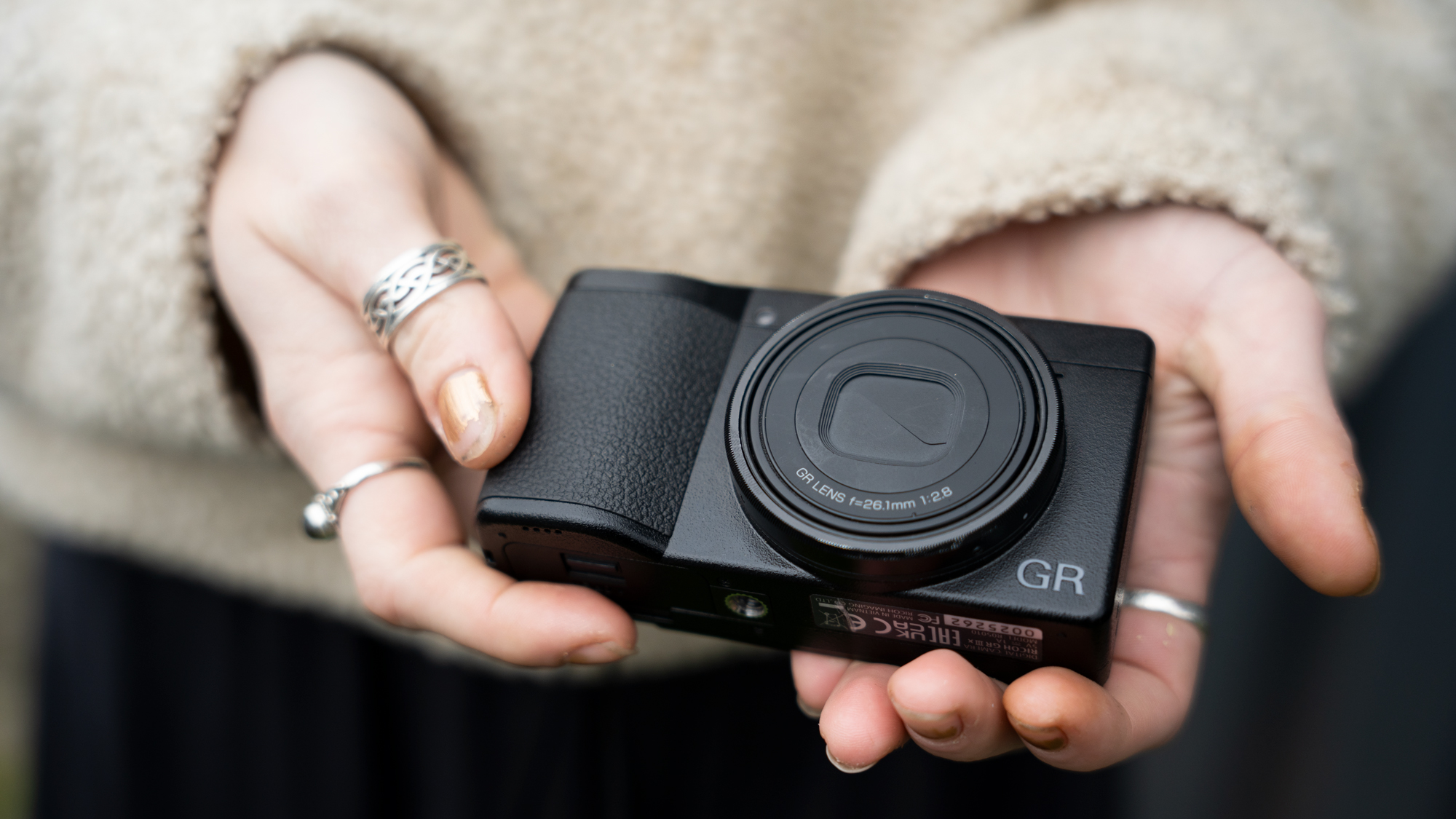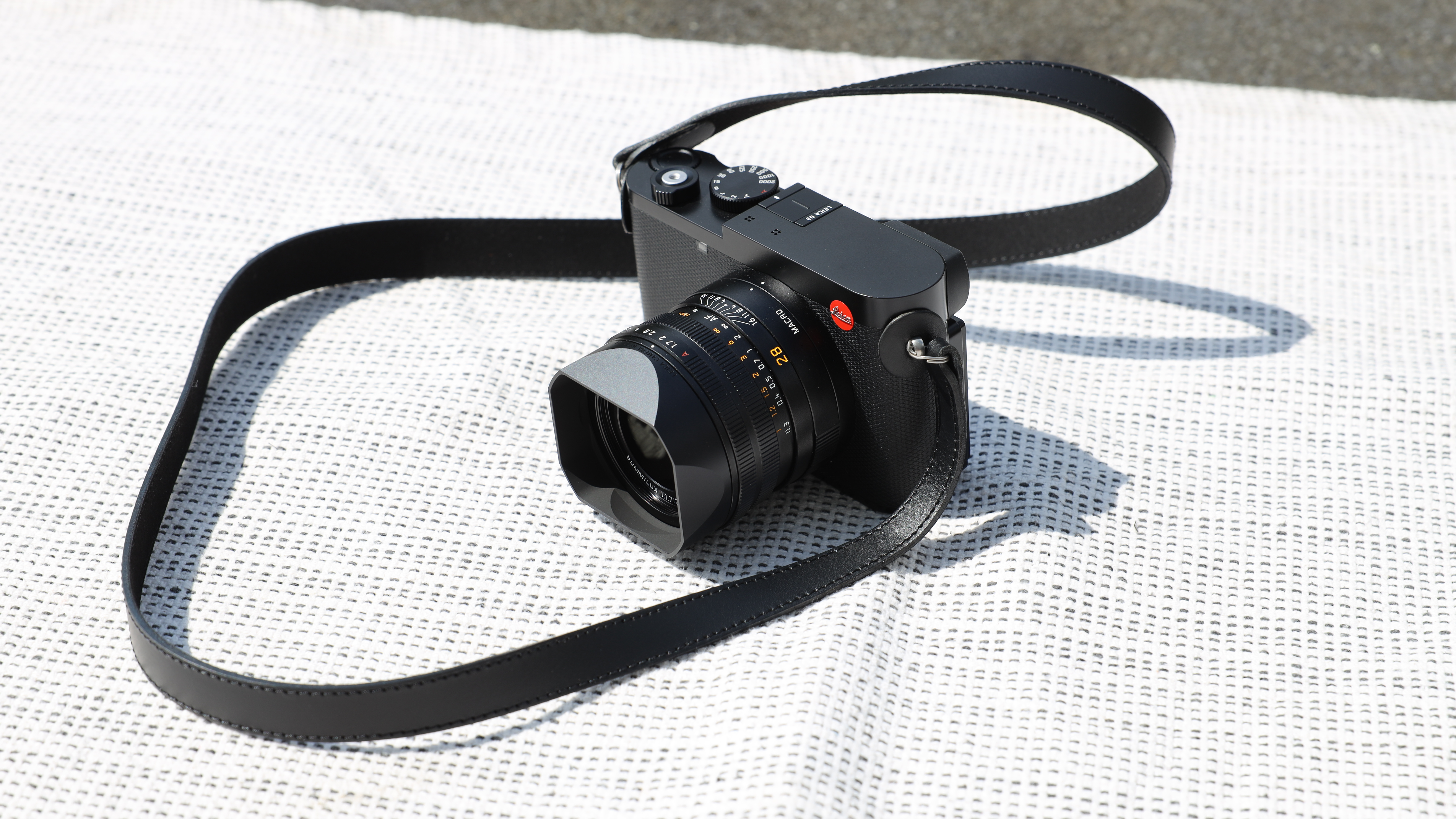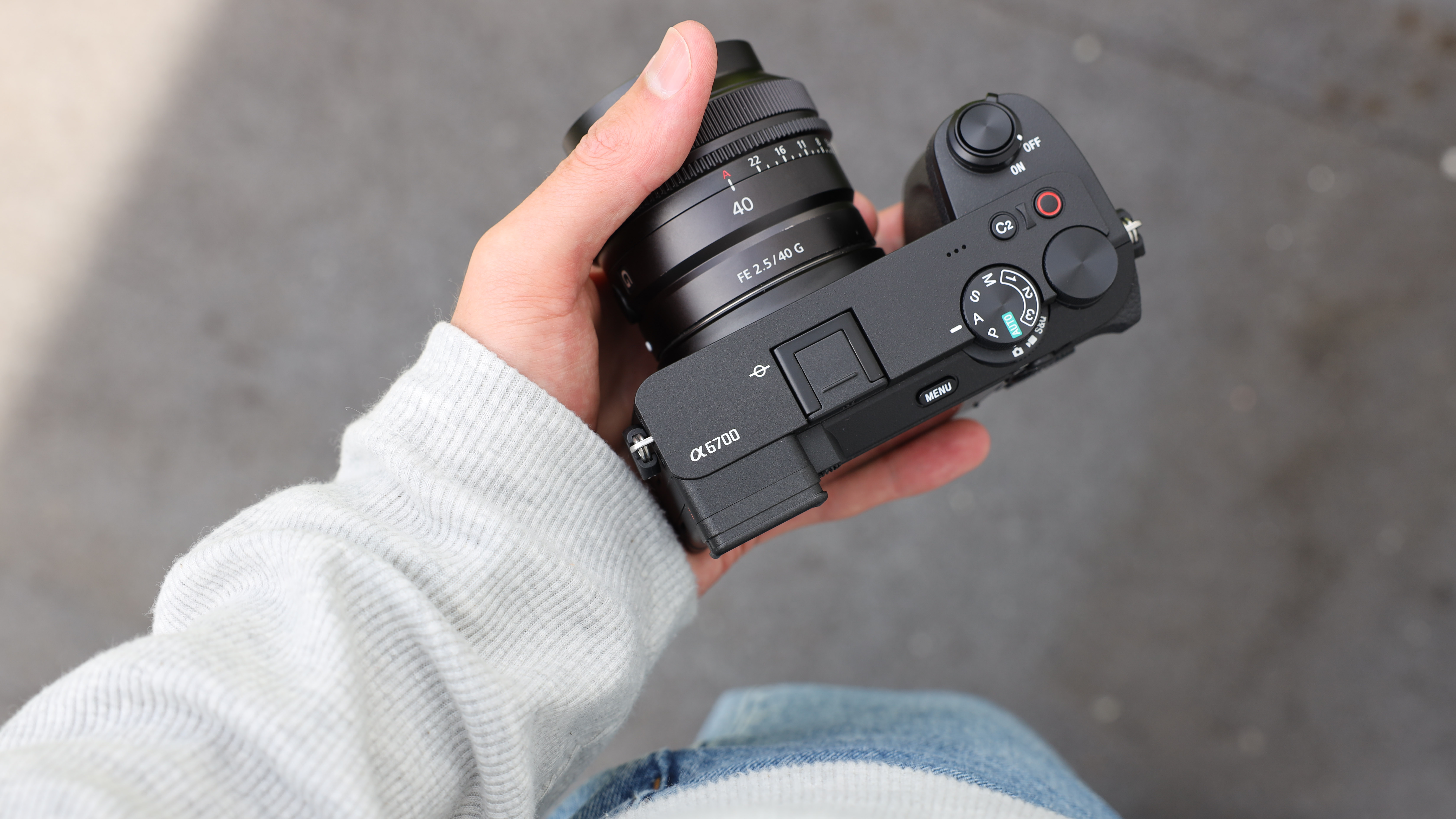
The Fujifilm X100VI is currently taking the world by storm with a record number of preorders according to multiple sources. Whilst the X100VI is an incredible camera in so many respects (which I very much enjoyed testing and reviewing), it still has a few shortcomings which means it might not be right for everyone.
Maybe you are looking for a longer or more versatile lens, aren't into the retro aesthetic, have been priced out by the price increases, or just plain can't be bothered waiting and hoping you'll actually be able to buy one through Fujifilm's notoriously patchy supply chain.
I have rounded up the top alternatives to the Fujifilm X100VI for a range of users and budgets, so let's dive in.
Ricoh GR III

The Ricoh GR III is not quite in the same league when it comes to design, sporting a more utilitarian plastic compact camera body, and collapsable lens, although there is certainly a charm to its simplistic and minimal aesthetic. However, if you are looking for a viewfinder then you won't find one here.
Like the X100V, the GR III is a compact APS-C camera that has gained a decent online following for its great image quality as well as its portability. Both cameras have similar focal lengths (18.3mm for the GR III and 23mm for the X100VI), although the X100VI has the edge on aperture with a maximum of f/2, besting the f/2.8 in the GR III. However, the biggest benefit of all is just how much cheaper it is than the Fujifilm – costing under $1000 compared to $1,599 for the Fuji.
Although beyond the design, internally there are also some significant areas where the GR III just can't compete with the X100VI. The older camera isn’t nearly as technically advanced, with a 24.2MP sensor compared to the much higher 40.2MP resolution in the X100VI. The GR III also has many limitations like much slower autofocus with limited tracking, limited battery life, and video quality that tops out at just 1080p compared to the 6.2K in the X100VI.
Leica Q3

If money is no object when choosing a camera then the Leica Q3 should be top of your X100VI alternatives list. The Leica camera has a similar fixed lens design as the X100VI with dials and an aperture ring – although its design is more modern. The Q3 is also limited to just an electronic viewfinder, which isn't quite the same experience as the X100V's wonderful hybrid optical viewfinder.
Where the Leica Q3 has a significant edge though is the inclusion of a huge 60MP full-frame sensor, which made for some stunning images when I tested it. While both cameras have some clever in-camera cropping to give the illusion that the camera has multiple focal lengths, the larger and more megapixel-packed Leica sensor produces much more detailed cropped images. Otherwise, the cameras are pretty evenly matched, with autofocus tracking, and high-quality video.
But it all comes back to cost, and if you thought the Fujifilm X100VI was pricey at $1,599 then look away now – the Leica Q3 costs a whopping $5,995, which means you could get an X100VI for yourself plus two for some very lucky friends for the same price or less.
Sony a6700

With a compact pocketable design, APS-C sensor, rangefinder-style EVF, IBIS, AI autofocus, and excellent stills and video – the Fujifilm X100VI and Sony a6700 are pretty evenly matched on paper. Where the cameras really diverge is in versatility.
Sony's camera is not a fixed lens camera, which means that you are open to exploring the whole range of Sony (and third-party) E-mount lenses. Attach a small pancake lens and you have a pocketable compact to rival the X100VI, but if the moment calls, then stick on a 400mm lens and shoot some sports or wildlife.
Sony also has the edge when it comes to video – while the Fujifilm X100VI is set up to record 6.2K video footage, the Sony is just a better system for any serious videographer with interchangeable lenses (even cine lenses) and a fully articulating screen.
The Sony a6700 for the body comes in at a slightly lower cost than the Fujifilm camera, however, once you start adding lenses – costs can skyrocket significantly.
Find out more about our top picks for the best compact cameras, the best travel camera, or the best camera for street photography in our guides.






